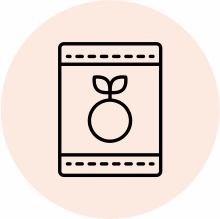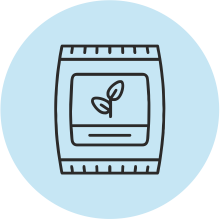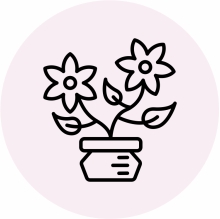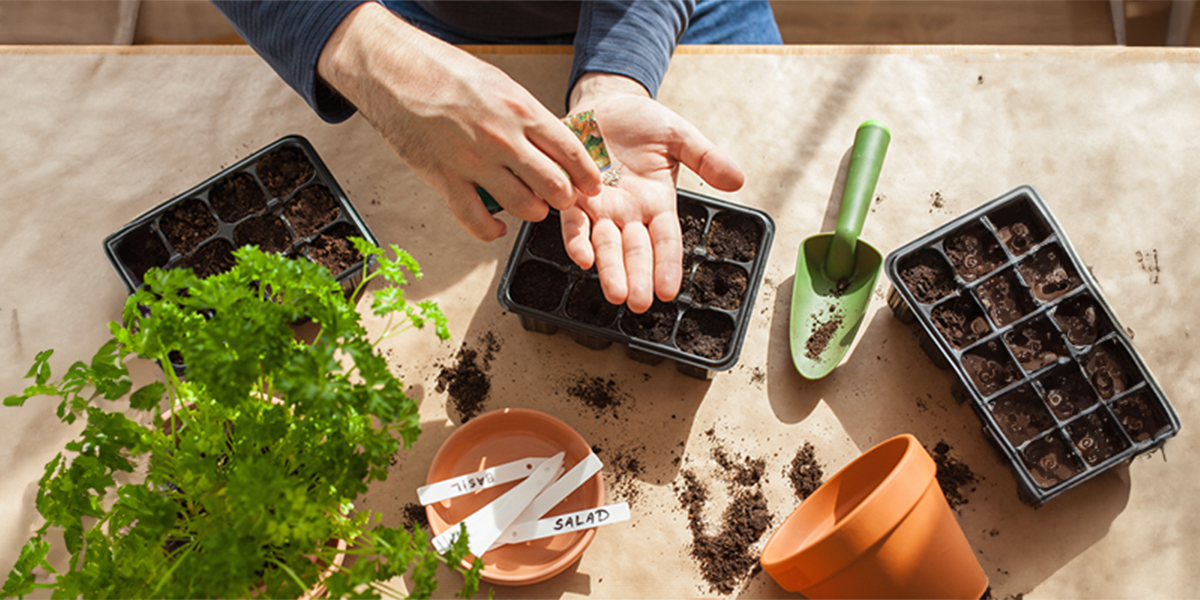Ready to take your gardening to the next level? Ever wondered how to start plants from seeds indoors like a pro?
Starting plants from seeds indoors is a rewarding and economical way to grow your garden. It allows you to get a head start on the growing season and gives you control over the entire process, from seed to harvest. Whether you’re a beginner or an experienced gardener, this step-by-step guide will walk you through growing plants from seeds indoors in a simple and easy-to-follow manner.
Why Start Seeds Indoors?
Starting seeds indoors has several benefits:
- Extended Growing Season: Starting seeds indoors can give your plants a head start, especially in areas with short growing seasons.
- Cost-Effective: Seeds are often much cheaper than purchasing young plants from a nursery.
- Variety: You have access to a broader variety of plants than what might be available locally.
- Control: You can manage the growing conditions, ensuring your plants get the best start possible.
Not Sure What to Plant?
You have the option to plant a diverse array of seeds indoors, such as:
- Herbs: Basil, parsley, cilantro, thyme, mint, oregano, rosemary
- Vegetables: Tomatoes, peppers, eggplant, lettuce, spinach, kale, cabbage, broccoli, cauliflower
- Flowers: Marigolds, petunias, pansies, snapdragons, impatiens, zinnias
- Fruits: Strawberries, raspberries, blueberries, dwarf citrus trees
- Microgreens: Like broccoli, radish, arugula, mustard
What You’ll Need
Before you begin, gather the following supplies:
- Seeds
- Seed starting trays or containers
- Seed starting mix
- Labels or markers
- Spray bottle or watering can
- Grow lights or a sunny window
- Plastic wrap or a clear plastic lid
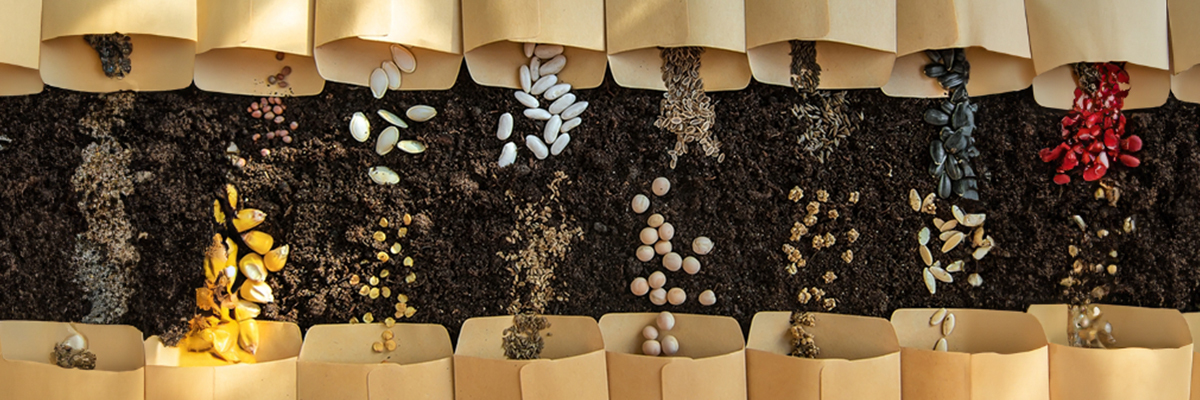
Step 1: Choose Your Seeds
Gardening for beginners, start by choosing what you want to grow. Consider factors such as your climate, available space, and personal preferences. Popular choices for indoor seed starting include tomatoes, peppers, herbs, and flowers. Be sure to check the seed packet for specific instructions and growing requirements.
Step 2: Prepare Your Containers
Use seed trays, pots, or recycled containers such as yogurt cups or egg cartons. Make sure your pots have holes for drainage to avoid water buildup. Clean them thoroughly before use to avoid any potential diseases.
Step 3: Fill Containers with Seed Starting Mix
Fill your containers with a seed starting mix, which is lighter and more sterile than regular potting soil. Don’t use garden soil, as it might be too dense and could harbor pests or diseases. Lightly moisten the mix before filling the containers, ensuring it’s damp but not soaking wet.
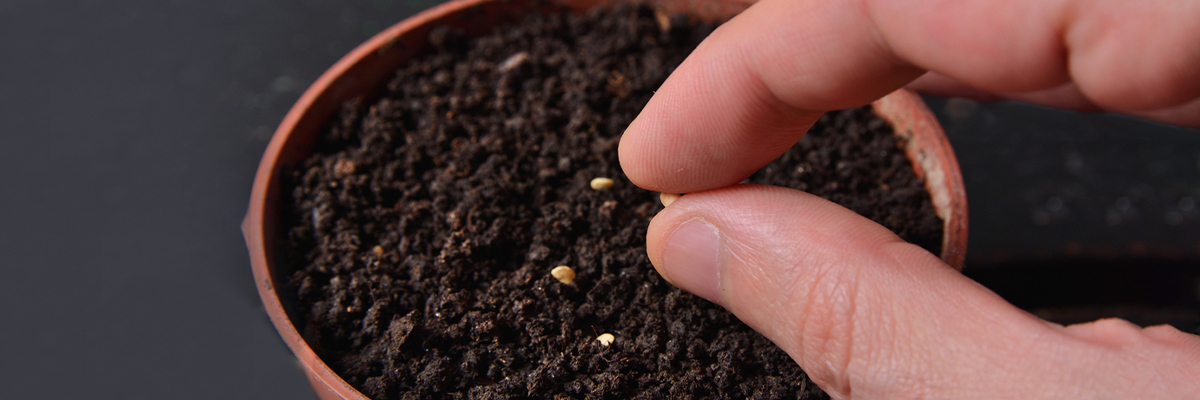
Step 4: Sow the Seeds
Adhere to the guidelines provided on the seed packet regarding the appropriate depth and spacing for planting. As a general rule, plant seeds at a depth of about twice their width. You can press tiny seeds into the surface of the soil. Cover the seeds lightly with more seed starting mix and gently pat down. Garden planning with seeds just got easier!
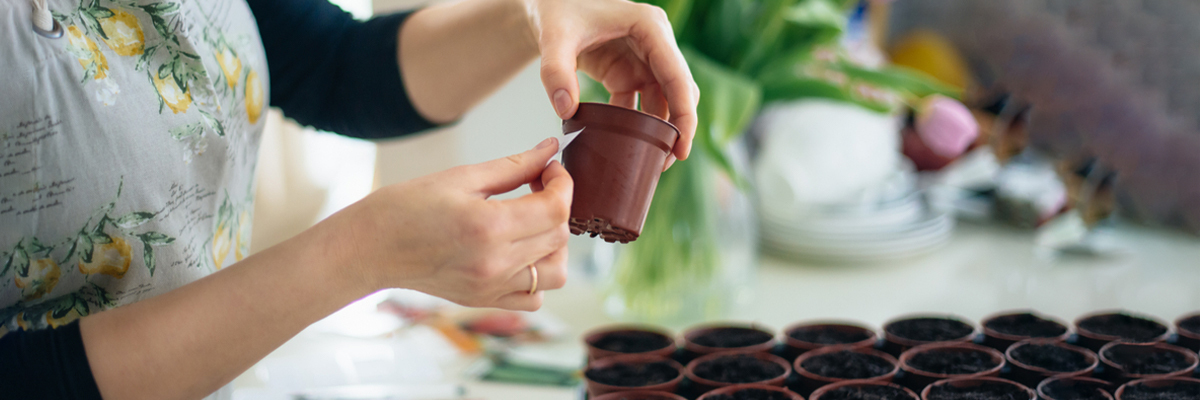
Step 5: Label Your Containers
Label each container with the plant type and the date of planting. This will help you track what you’ve planted and when to expect germination.
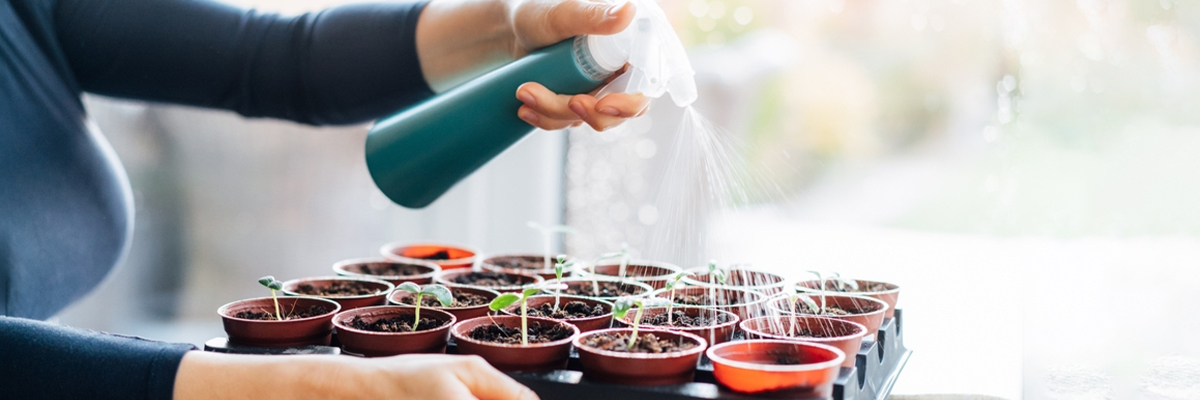
Step 6: Water the Seeds
Using a spray bottle or a gentle watering can moisten the soil. Be careful not to dislodge the seeds. Keep the soil consistently damp but not overly wet. Cover the containers with plastic wrap or a clear plastic lid to create a humid environment, which helps with germination.
Step 7: Provide Sufficient Light
Place your seed containers in a warm, bright location. A south-facing window is ideal, but use grow lights if natural light is insufficient. Position the lights about 2-3 inches above the seedlings and keep them on for 12-16 hours daily. As the plants grow, make sure to raise or lower the lights accordingly to maintain the right distance.
Step 8: Maintain Optimal Temperature and Humidity
Most seeds germinate best at temperatures between 65-75°F (18-24°C). Keep the plastic cover on until the seeds germinate, then remove it to allow air circulation. Ensure the environment remains humid, but avoid overwatering, which can lead to mold or fungal diseases.
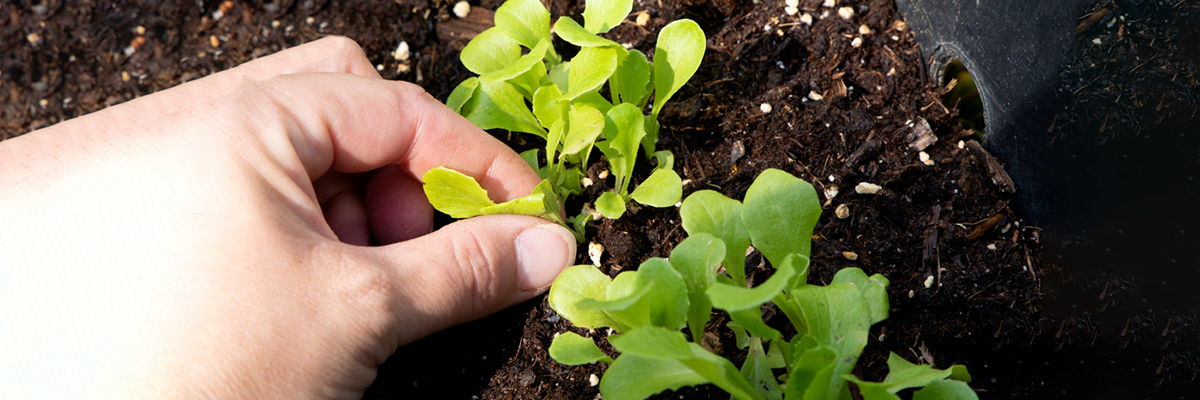
Step 9: Thin Out Seedlings
After the seedlings grow their first set of true leaves, thin them out to avoid overcrowding. Remove the weaker ones, allowing the strongest to grow. This ensures that each plant has enough space and nutrients to blossom.
Step 10: Transplant Seedlings
When the seedlings have grown several sets of true leaves and are large enough to handle, they can be transplanted into larger containers or directly into the garden. Before transplanting, harden off the seedlings by gradually exposing them to outdoor conditions over 7-10 days. Start by placing them outside for a few hours each day, gradually increasing the time and exposure to direct sunlight.
Step 11: Transplanting to the Garden
To reduce transplant shock, choose a cloudy day or transplant in the late afternoon. Get your planting area ready by incorporating compost or any organic material. Dig holes large enough to adjust the root ball of each seedling. Carefully remove the seedlings from their containers, taking care not to damage the roots, and place them in the holes. Gently firm the soil around the plants and water them well.
Step 12: Care for Your Transplants
Continue to water your transplants regularly, ensuring the soil remains moist but not soggy. Add mulch around plants to keep moisture and prevent weed growth. Keep an eye out for pests and diseases, and respond accordingly if any issues arise.
Tips for Success
Here are some easy tips for you:
- Stay Organized: Keep a gardening journal to track your seed-starting progress and note any issues or successes.
- Be Patient: Germination times can vary, so give your seeds the time they need to sprout.
- Experiment: Don’t be afraid to experiment with different seeds and growing methods to find the best for you.
- Learn and Adapt: Gardening is a continual learning process. Learn from your experiences and adapt your methods as needed.
Your Ultimate Destination for All Seed Needs
Buy seeds online in UAE from Backyard Buys!
Unleash your inner gardener with our incredible selection of seeds. We offer everything you need to cultivate a flourishing space, from juicy fruit and wholesome vegetable seeds to fragrant herb seeds to upgrade your culinary masterpieces. Want to add a splash of colour? We also have a vibrant collection of flower seeds.
Let’s get growing! Shop Backyard Buys seeds now!
On the Whole
Starting seeds indoors is a fulfilling way to kick start your gardening season and ensure you have many healthy plants to enjoy. You can grow a booming garden from scratch by following this step by step plant growing guide and giving your seeds the care and attention they need. Ready to get started? Backyard Buys offers everything you need for successful seed starting.

